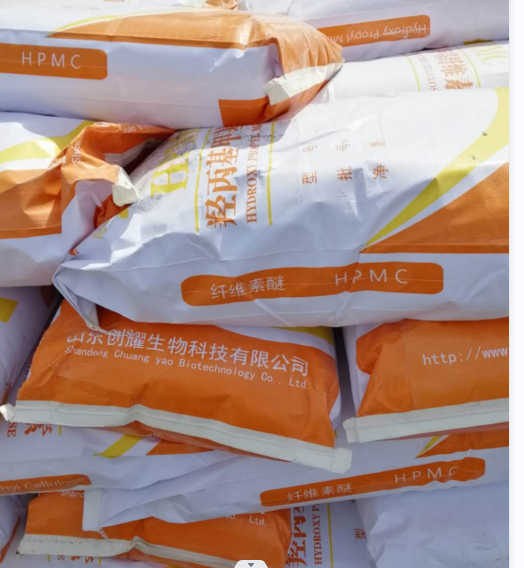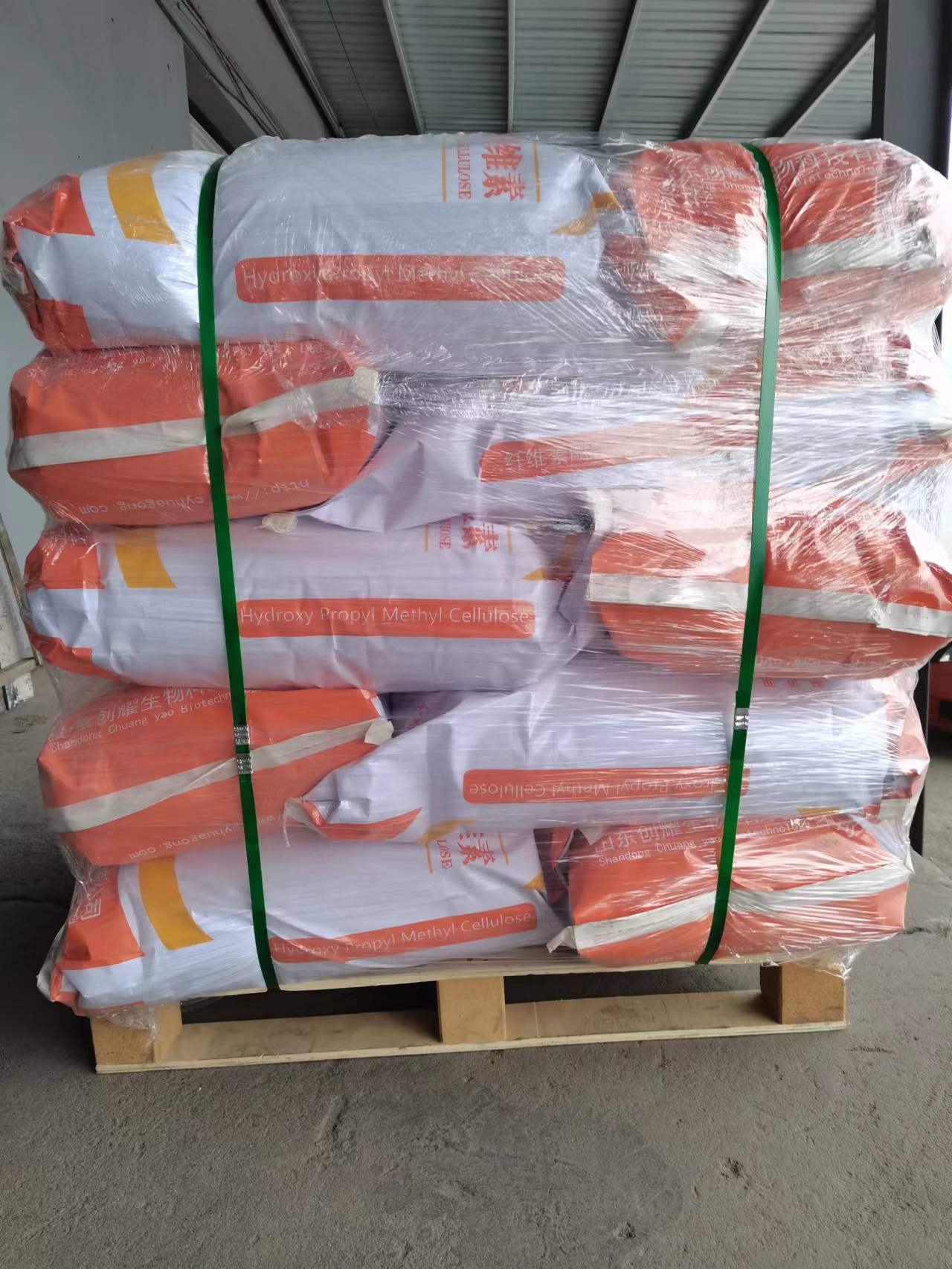A comprehensive analysis of the thickening and thixotropy of cellulose ether!

Thickening effect of cellulose ether depends on the polymerization degree of cellulose ether, solution concentration, shear rate, temperature and other conditions. The gel property of the solution is unique to alkyl cellulose and its modified derivatives. The gel characteristics are related to the degree of substitution, solution concentration and additives. For hydroxyalkyl modified derivatives, the gel characteristics are also related to the degree of hydroxyalkyl modification. MC and HPMC with low viscosity can prepare 10% - 15% solution, MC and HPMC with medium viscosity can prepare 5% - 10% solution, while MC and HPMC with high viscosity can only prepare 2% - 3% solution, and the viscosity grading of cellulose ether is usually based on 1% - 2% solution.
High molecular weight cellulose ether has high thickening efficiency, and different molecular weight polymers have different viscosity in the same concentration solution. The target viscosity can be reached only when the amount of low molecular weight cellulose ether is large. Its viscosity has little dependence on the shear rate. When the high viscosity reaches the target viscosity, it requires less addition. The viscosity depends on the thickening efficiency. Therefore, to achieve a certain consistency, a certain amount of cellulose ether (solution concentration) and solution viscosity must be guaranteed. The gel temperature of the solution also decreased linearly with the increase of the concentration of the solution, and gelled at room temperature after reaching a certain concentration. The concentration of HPMC gel at room temperature is high.
The consistency can also be adjusted by selecting particle size and selecting cellulose ether with different degree of modification. The so-called modification is to introduce hydroxyalkyl with a certain degree of substitution into the skeleton structure of MC. By changing the relative substitution values of the two substituents, that is, the DS and MS relative substitution values of methoxy and hydroxyalkyl. By changing the relative substitution value of the two substituents, the requirements of various properties of cellulose ether can be obtained.

Cellulose ether aqueous solution with high viscosity has high thixotropy, which is also a major characteristic of cellulose ether. The aqueous solution of MC type polymer is usually pseudoplastic and non thixotropic below its gel temperature, but it is Newtonian at low shear rate. The pseudoplasticity increases with the increase of the molecular weight or concentration of cellulose ether, and is independent of the type of substituent and the degree of substitution. Therefore, cellulose ether with the same viscosity grade, whether MC, HPMC or HEMC, always shows the same rheological properties as long as the concentration and temperature remain constant. When the temperature increases, structural gel is formed and high thixotropic flow occurs. Cellulose ether with high concentration and low viscosity shows thixotropy even below gel temperature. This property is of great benefit to the construction of building mortar to adjust its leveling and sagging properties.
It should be noted here that the higher the viscosity of cellulose ether is, the better the water retention is, but the higher the viscosity is, the higher the relative molecular weight of cellulose ether is, and the lower its solubility is, which has a negative impact on the mortar concentration and construction performance. The higher the viscosity, the more obvious the thickening effect on the mortar, but it is not completely proportional. Some medium-low viscosity, but modified cellulose ether has more excellent performance in improving the structural strength of wet mortar. With the increase of viscosity, the water retention of cellulose ether increases.
{aspcms:comment}





